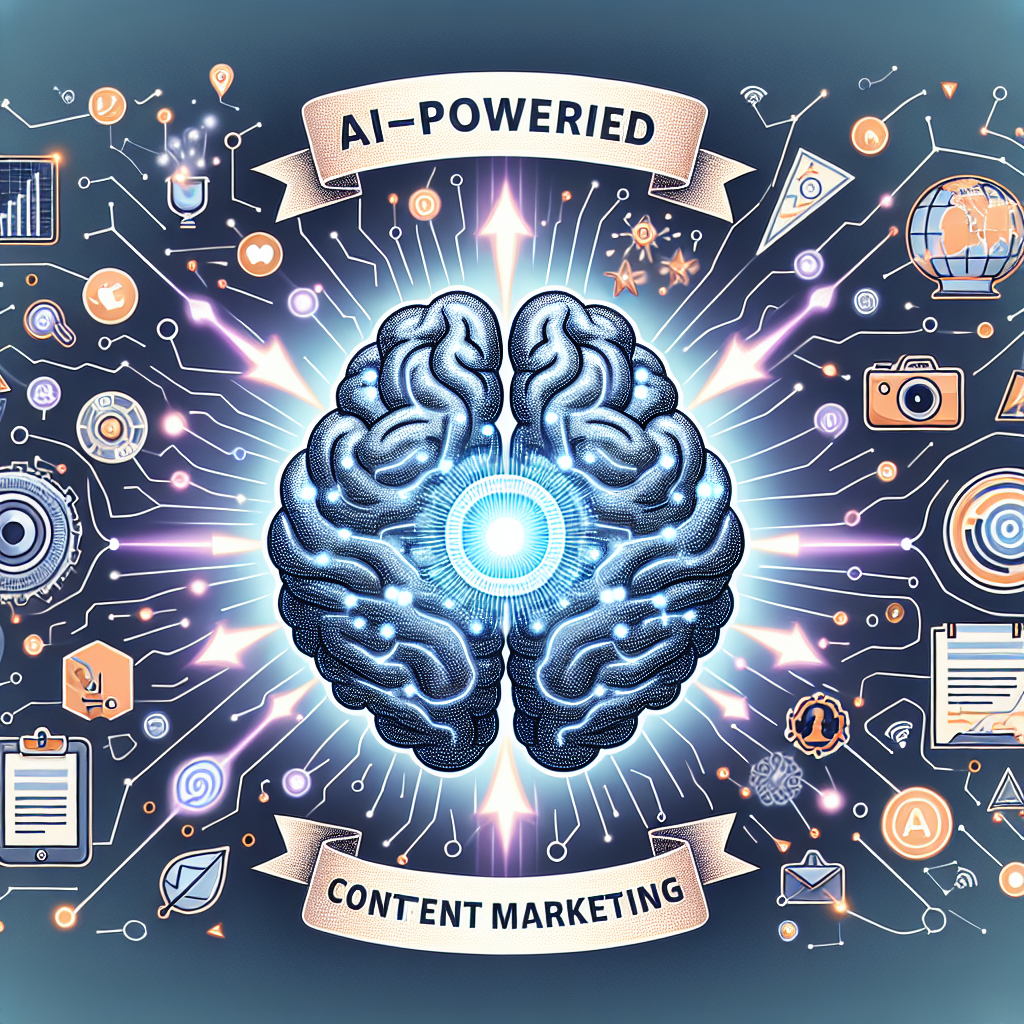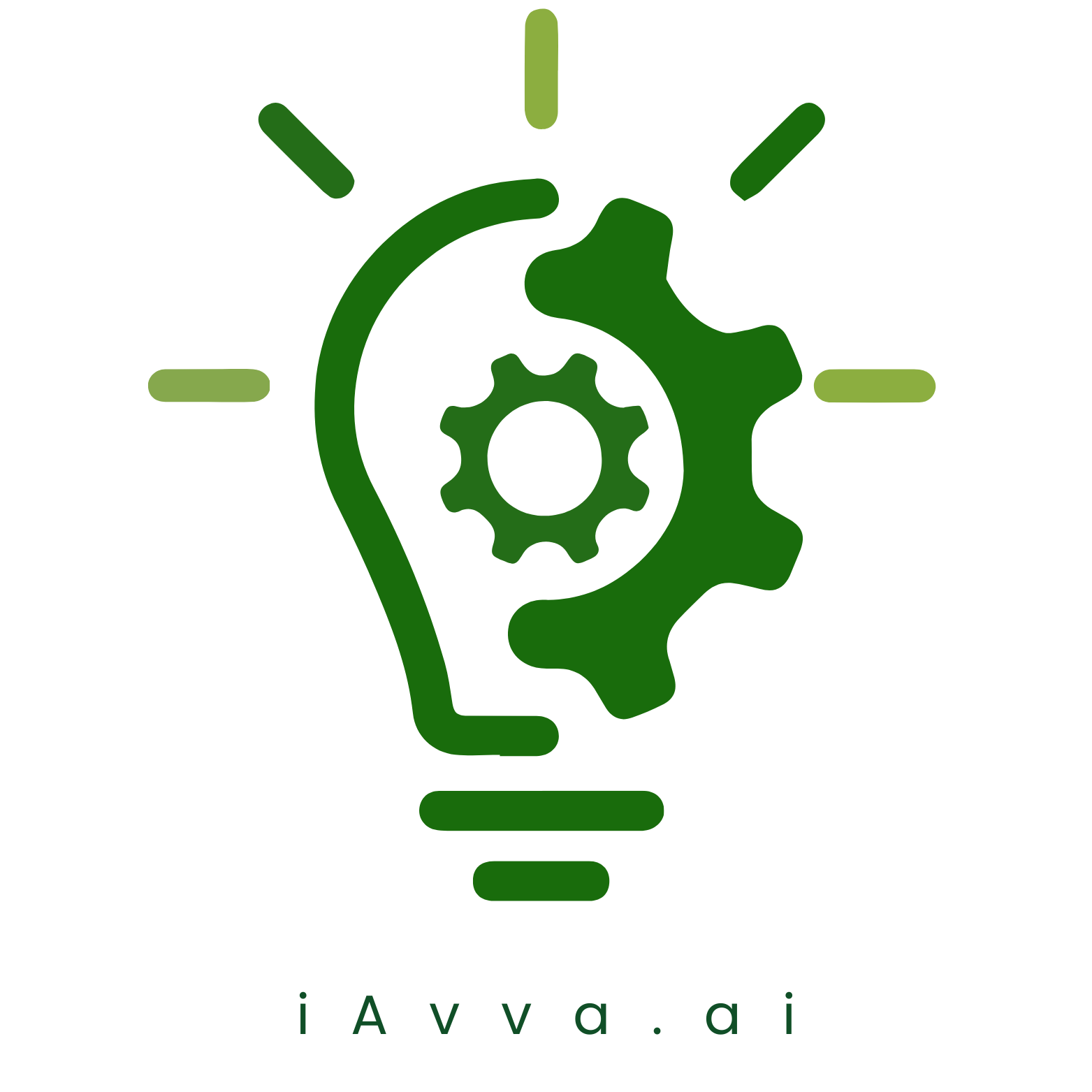Understanding the Impact of AI at Scale: A Comprehensive Guide for Leaders **Meta Description:** Explore the impact of AI at scale, identify risks, and establish governance for responsible AI implementation. Learn how to create a culture of continuous improvement in AI risk management. **Keyphrase:** Impact of AI at Scale –, Try iAvva AI for free.
Key Takeaways
- AI at scale can have a significant impact on various industries, leading to increased efficiency and productivity.
- Potential risks in AI implementation include data privacy breaches, algorithmic bias, and job displacement.
- Governance and oversight are crucial for AI projects to ensure compliance with ethical and legal standards.
- The ethical and responsible use of AI technology requires transparency, accountability, and consideration of its societal impacts.
- Robust security measures are crucial for protecting AI systems from cyber threats and unauthorized access.
The impact of AI at scale is transforming industries and redefining business operations. Organizations are leveraging AI technologies to enhance efficiency, improve decision-making, and drive innovation. According to a recent McKinsey report, companies that have adopted AI at scale have seen productivity increases of up to 40%.
This significant boost is attributed to AI’s ability to analyze vast amounts of data quickly and accurately, enabling organizations to make informed decisions faster than ever before. Moreover, the impact of AI at scale extends beyond operational efficiency. It is reshaping customer experiences by personalizing interactions and predicting customer needs.
For instance, companies like Amazon and Netflix utilize AI algorithms to recommend products and content tailored to individual preferences. This not only enhances customer satisfaction but also drives revenue growth. As HR leaders and IT executives, understanding the impact of AI at scale is crucial for motivating teams and implementing effective corporate training programs that align with this technological shift.
Identifying Potential Risks in AI Implementation
While the impact of AI at scale presents numerous opportunities, it also introduces potential risks that organizations must address. One significant risk is the reliance on biased data, which can lead to skewed outcomes and reinforce existing inequalities. For example, a study by ProPublica revealed that an AI algorithm used in the criminal justice system was biased against minority groups, resulting in unfair sentencing recommendations.
Identifying such risks early in the implementation process is essential for ensuring that AI systems operate fairly and effectively. Another potential risk is the lack of transparency in AI decision-making processes. Many AI models, particularly deep learning algorithms, function as “black boxes,” making it challenging for organizations to understand how decisions are made.
By proactively identifying these risks, organizations can develop strategies to mitigate them and foster a culture of trust and accountability in their AI initiatives.
Establishing Governance and Oversight for AI Projects

Establishing governance and oversight for AI projects is critical to ensuring their success and alignment with organizational goals. A well-defined governance framework provides clarity on roles, responsibilities, and decision-making processes related to AI initiatives. This framework should include cross-functional teams comprising HR leaders, IT executives, and data scientists who collaborate to oversee AI projects from inception to deployment.
Moreover, organizations should implement regular audits and assessments of their AI systems to ensure compliance with ethical standards and regulatory requirements. By establishing governance structures that prioritize transparency and accountability, organizations can effectively manage the impact of AI at scale while minimizing risks associated with its implementation.
Ensuring Ethical and Responsible Use of AI Technology
| Metrics | 2019 | 2020 | 2021 |
|---|---|---|---|
| Number of AI ethics guidelines adopted | 15 | 25 | 35 |
| Percentage of AI companies with dedicated ethics teams | 40% | 55% | 70% |
| Number of reported AI ethics violations | 20 | 30 | 40 |
The ethical implications of AI technology cannot be overlooked. As organizations scale the impact of AI, they must prioritize responsible use to avoid unintended consequences. This includes developing ethical guidelines that govern the design, deployment, and monitoring of AI systems.
For instance, companies like Microsoft have established ethical principles for AI development, emphasizing fairness, reliability, privacy, and inclusiveness. Additionally, organizations should engage stakeholders in discussions about the moral implications of their AI initiatives. By fostering an open dialogue about the potential consequences of AI technologies, organizations can build trust with employees, customers, and the broader community.
Ensuring ethical and responsible use of AI technology is not only a moral obligation but also a strategic imperative for organizations seeking long-term success.
Building Robust Security Measures for AI Systems
As organizations increasingly rely on the impact of AI at scale, robust security measures are essential to protect sensitive data and maintain system integrity. Cybersecurity threats targeting AI systems are on the rise, with attackers seeking to exploit vulnerabilities in algorithms and data sources. To mitigate these risks, organizations must implement comprehensive security protocols that encompass data encryption, access controls, and regular security assessments.
Furthermore, organizations should invest in training their teams on cybersecurity best practices specific to AI systems. By fostering a culture of security awareness, organizations can empower employees to recognize potential threats and respond effectively. Building robust security measures for AI systems is crucial for safeguarding organizational assets and maintaining stakeholder trust.
Developing a Comprehensive Risk Management Strategy for AI

Developing a comprehensive risk management strategy for AI is vital for navigating the complexities associated with its implementation. This strategy should encompass risk identification, assessment, mitigation, and monitoring processes tailored to the unique challenges posed by AI technologies. Organizations should conduct thorough risk assessments to identify potential vulnerabilities in their AI systems and prioritize them based on their potential impact.
Moreover, organizations should establish clear communication channels for reporting and addressing risks related to AI initiatives. By fostering a proactive approach to risk management, organizations can minimize disruptions and ensure that their AI projects align with strategic objectives. A comprehensive risk management strategy not only protects organizations from potential pitfalls but also enhances their ability to leverage the impact of AI at scale effectively.
Addressing Bias and Fairness in AI Algorithms
Addressing bias and ensuring fairness in AI algorithms is crucial for achieving equitable outcomes across diverse populations. Organizations must recognize that biases present in training data can lead to discriminatory practices when deploying AI systems. For example, facial recognition technology has faced criticism for its higher error rates among individuals with darker skin tones due to biased training datasets.
To combat these issues, organizations should implement rigorous testing protocols that evaluate the fairness of their algorithms before deployment. This includes conducting audits to identify potential biases and making necessary adjustments to training data or algorithmic parameters. By prioritizing fairness in their AI initiatives, organizations can build trust with stakeholders and contribute to a more equitable society.
Training and Educating Teams on AI Risk Management
Training and educating teams on AI risk management is essential for fostering a culture of awareness and accountability within organizations. HR leaders play a crucial role in developing training programs that equip employees with the knowledge and skills needed to navigate the complexities of AI technologies. These programs should cover topics such as ethical considerations, bias detection, cybersecurity best practices, and risk assessment methodologies.
Moreover, organizations should encourage continuous learning by providing access to resources such as workshops, online courses, and industry conferences focused on AI risk management. By investing in employee development, organizations can empower their teams to proactively identify and address potential risks associated with AI initiatives.
Collaborating with Regulatory Bodies and Compliance Standards
Collaboration with regulatory bodies and adherence to compliance standards are crucial for ensuring the responsible implementation of AI. As governments worldwide develop regulations governing the use of AI technologies, organizations must stay informed about evolving legal frameworks that impact their operations. Engaging with regulatory bodies enables organizations to contribute to discussions that shape these regulations while ensuring compliance with existing standards.
Additionally, organizations should establish internal compliance teams responsible for monitoring adherence to regulatory requirements related to AI initiatives. By fostering collaboration with regulatory bodies and prioritizing compliance standards, organizations can mitigate legal risks while demonstrating their commitment to ethical practices in AI deployment.
Leveraging AI for Risk Prediction and Mitigation
Leveraging AI for risk prediction and mitigation offers organizations a powerful tool for enhancing their risk management strategies. Advanced analytics powered by machine learning algorithms can identify patterns in historical data that may indicate potential risks or vulnerabilities within an organization’s operations. For instance, financial institutions are increasingly using predictive analytics to detect fraudulent transactions before they occur.
By integrating AI into their risk management processes, organizations can proactively address potential threats before they escalate into significant issues.
Creating a Culture of Continuous Improvement and Adaptation in AI Risk Management
Creating a culture of continuous improvement and adaptation in AI risk management is essential for organizations seeking long-term success in an ever-evolving technological landscape. This involves fostering an environment where employees feel empowered to share insights, learn from failures, and adapt strategies based on emerging trends or challenges. Organizations should implement feedback mechanisms that encourage open communication about risks associated with AI initiatives.
Regularly reviewing risk management practices allows teams to identify areas for improvement while celebrating successes along the way. By cultivating a culture of continuous improvement, organizations can enhance their ability to navigate the complexities associated with the impact of AI at scale while positioning themselves as leaders in responsible technology adoption. In conclusion, understanding the impact of AI at scale requires a multifaceted approach that encompasses risk identification, governance establishment, ethical considerations, security measures, training initiatives, regulatory collaboration, predictive analytics integration, and a commitment to continuous improvement.
By addressing these critical areas proactively, HR leaders, IT executives, and digital transformation champions can effectively harness the power of AI while minimizing associated risks—ultimately driving organizational success in an increasingly digital world.
FAQs
What is the article “AI at Scale: How Tech Giants Are Spreading Risk—and What Leaders Can Learn About Building Resilient, Future Ready Organizations” about?
The article explores how tech giants are mitigating the risks associated with scaling artificial intelligence and what leaders can glean from their strategies to build resilient and future-ready organizations.
Why is speed critical in the race to dominate artificial intelligence?
Speed is crucial in the race to dominate artificial intelligence, as it enables companies to rapidly develop and deploy AI solutions, stay ahead of competitors, and capitalize on market opportunities.
How are tech giants managing the risks associated with scaling artificial intelligence?
Tech giants are mitigating the risks associated with scaling artificial intelligence by spreading their AI initiatives across various business units, investing in robust data governance and security measures, and cultivating a culture of responsible AI development and deployment.
What can leaders learn from the strategies of tech giants in building resilient, future-ready organizations?
Leaders can learn from the strategies of tech giants in building resilient, future-ready organizations by prioritizing risk management, investing in AI talent and infrastructure, and fostering a culture of innovation and adaptability within their organizations.










Leave a Reply